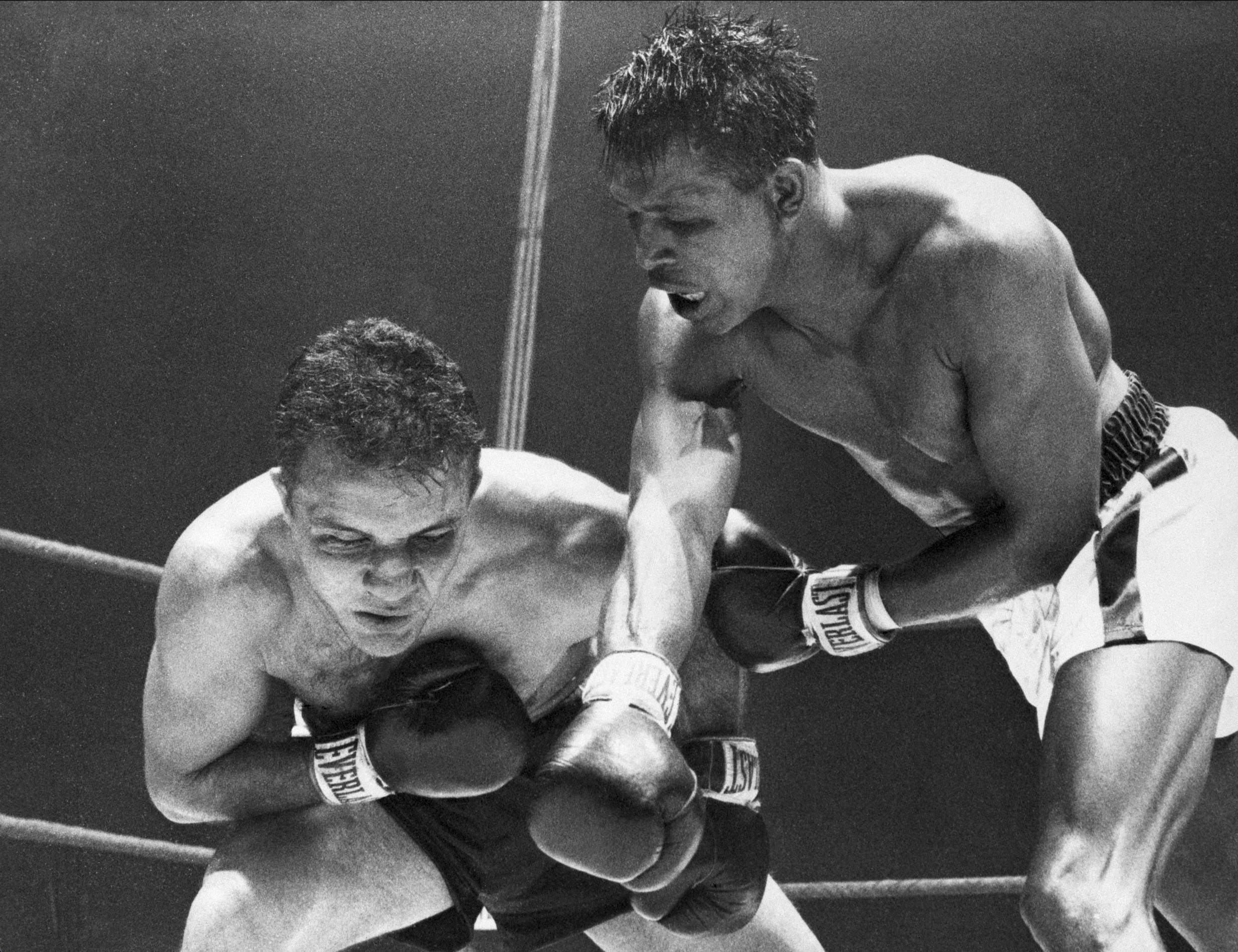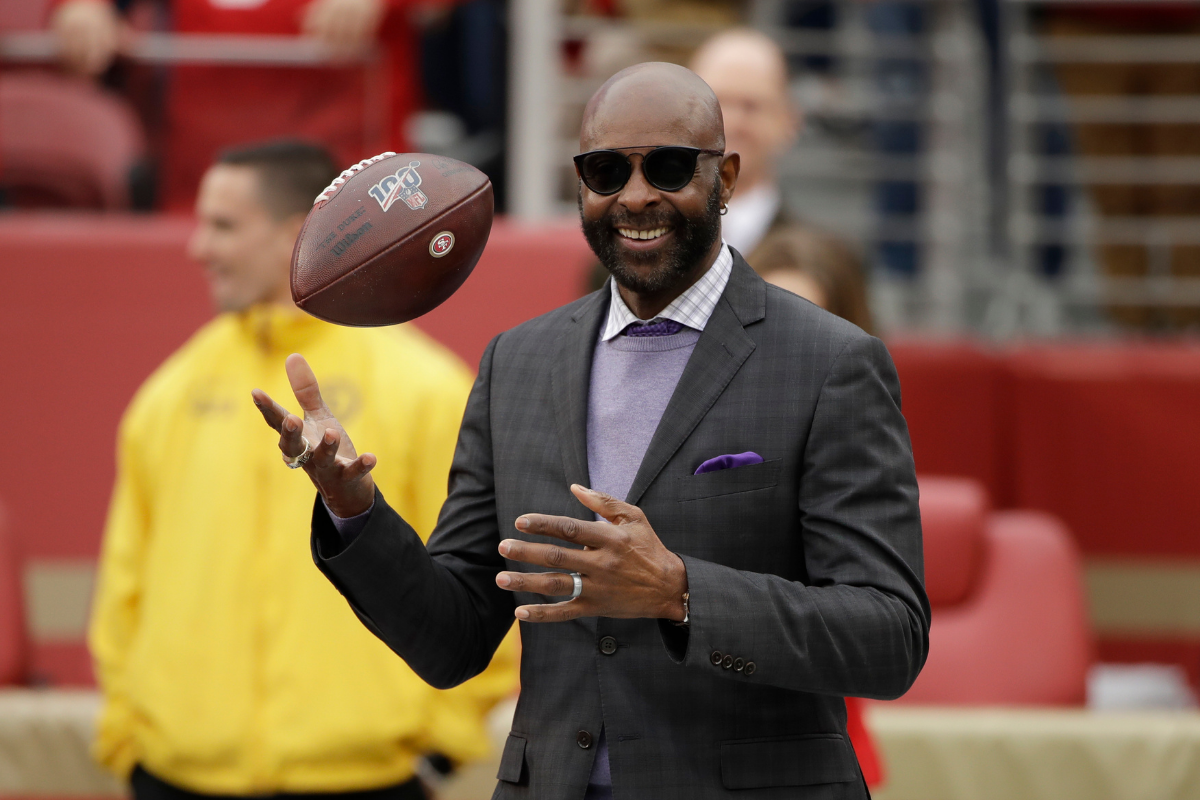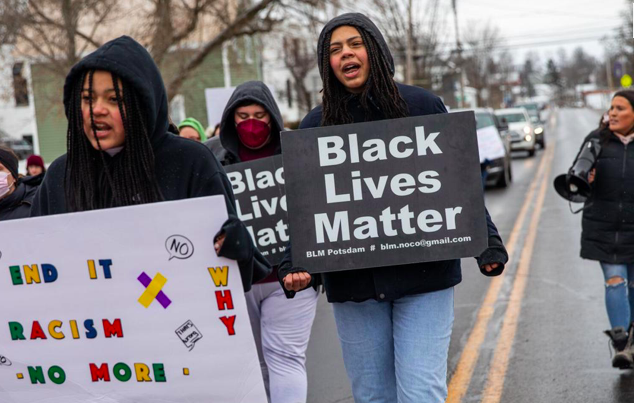This is part of The Shadow League’s yearly Black History Month In Focus series celebrating Black excellence in sports and culture.
****************************
The movie Black Panther made waves by winning three Oscars and being nominated for Best Picture!
Black comic book characters are winning!
But I’m old enough to remember when that wasn’t the case. Walk with me…
The history of black people in comic books, and creating comic books, is long and diverse. Those influences have from the monumental yet abbreviated efforts in All-Negro Comics all the way back in 1947 by Orrin Cromwell Evans.
From that day forward, much of what was created and depicted in terms of blackness in mainstream comic books was created by people who were looking at black culture from a mainstream point of view.
Indeed, those early, grotesque depictions that appeared in early comic books ensured that some of our favorite Marvel renditions of black culture were clumsily constructed, if not all-out racist in many regards.
It would be a surprise if most of the time it was ambiguous to both the producer as well as the reader from a contemporary perspective.
Right now, some of our all-time favorite black superheroes are getting major love on the big screen in a manner that no one could have foreseen long ago.
Fast forward to 2019 and we see this fact manifest in all its ebony glory. Right now, Black Lightning, Falcon, Black Panther, Kid Flash, Luke Cage, Starfire, and Mr. Terrific are all up on the television screen and representing black culture.
Whether we like it or not, whenever a black character is created by an individual who is only adjacent to the culture, rather than being totally emerged in it, even the most well-intentioned offerings risk being little more than hollow stereotypes that are occasionally enlivened by whatever street jive is prevalent in that day.
Throw in a haircut that mainstream creatives believe is a “black” haircut, a box fade, some dreads, braids, ponytails, a low fade or what have you, and now you have someone who looks like they just might be Black.
The Black Panthers and Black Lightnings of today started as shells of Black folk puppeted by white creatives with only an inkling of what it is to be Black and exist in America.
From The Browning of American Comics published by The Shadow League five years ago –
Historically, there has been a dearth of black superheroes in major comic book companies since their advent and it is only recently that Black characters have been written with any kind of depth at all at either of the major publishers.
It has only been within the last 25 years that an African American owned comic book publishing company has even made inroads into the game with Milestone Comics, creator of such characters as Icon and Static Shock.
Older comic book fans can recall the hackneyed manner in which both Black superheroes and villains were created back in the day and the condescending manner in which they were named. Black Vulcan, Black Lightning, Black Manta, Black this and Black that…and we know we weren’t alone in our surprise that Black Widow was a red-headed Russian spy upon her debut in Tales of Suspense #52 in 1964.
Even though Stan Lee and Jack Kirby were likely two of the most woke white folk around 70 years ago, many other publishers and editors still relied on the same ol’ same ol’.
Half Naked Ethnic Idiots

If you were around in late ’70s, you may recall when Hanna Barbara rebooted its Super Friends cartoon for an increasingly open-minded viewing audience of the time, relative to their parents and elders.
Well, intentions indeed do go awry. Despite the fact that DC had already introduced several Black superheroes by that time, Black Lightning, Bumblebee and Vox are first to mind, they decided to make up four “ethnic” characters instead; Black Vulcan, Apache Chief, Samurai and El Dorado.
What did their names mean? Where did they come from, specifically? Why were they half-naked? We’ll never know why.
Batman Is A Fan of the Washington Football Team? Who Knew?

That time Batman and Robin dressed in “red face”.
When Keeping It Real Went Wrong and Nobody Cared
 That time Kitty Pride called someone the N-word and it wasn’t censored or anything.
That time Kitty Pride called someone the N-word and it wasn’t censored or anything.
Black People Are NOT of the Jungle and Never Were!

The first comic books to feature Black Panther were titled “Jungle Action”. While the implications may not have been so obvious to the mainstream, some of the more “militant” elders of my youth frowned their faces at the title.
Black people have been tired of the “jungle” troupe since before the days Tarzan ruled the silver screen. We no longer wanted to be associated with anything or anyone that had anything to do with the jungle.
Since those beginnings, Black Panther’s “Blackness” has been amplified tenfold with the likes of Reginald Hudlin and Ta-Nahesi Coates injecting the character with enough realism to make up for any perceived flaws it may have had 40 years ago.
Before My President Was Black, My Lois Lane Was Too



This is from a time when DC, and Marvel with its Black characters, thought all they had to do is color Lois Lane mocha and that would make her look Black. Same nose, same hair, just a different color. Voila! Instant negro!
Oh! And the Black part of Metropolis? It was called “Little Africa”. One word to describe this troupe, lazy. Plus, her white privilege just leaps off the page, whether she’s Black or not. Just an awful idea that wouldn’t have even made a good joke at the time. Yet, there it is in full-color.



